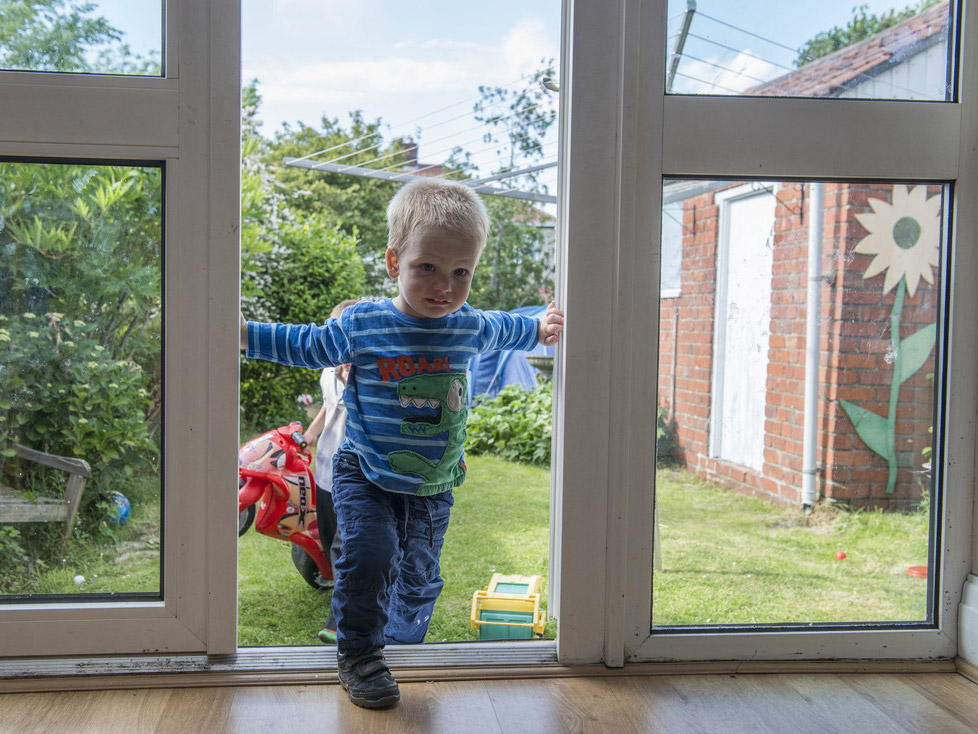We were promised that the chancellor’s Spring Statement today would be boring – and he didn’t disappoint.
As all the big news will be in the Autumn Budget, observers only have some relatively minor details to comment on – but there’s always something of interest in the details, and some of the details this time suggest the end of the long winter of the housing shortage may finally be in sight.
Firstly, it’s great that tackling the housing crisis is still clearly the top domestic priority for the government. It’s the second bit of the official summary here, coming just after the headlines on the economy and the government finances. This might seem like a small thing, but as campaigners, we know just how hard it is to win the government’s attention – and to hold it, when so many issues are pressing.
On a similar note, the allocation of £1.67 billion to the Mayor of London to help build affordable homes was undoubtedly welcome – but as much for the message it sends, as for the actual cash, which had already been announced last year. By highlighting a big allocation to a mayor from the opposition party, and to explicitly support social housing, the chancellor made a clear statement that this issue is more important than political point-scoring.
It was encouraging to hear the chancellor announce an increase in the loan funding available to smaller builders, who have been increasingly squeezed out by high land prices and banks’ reluctance to lend.
That was about it from the chancellor himself. But the most interesting announcement today came from Sir Oliver Letwin, who is exploring why large schemes do not build out faster, despite the increase in planning permissions being granted. Sir Oliver’s review has been talking to everyone in the sector (us included) to build up a detailed analysis of the way housebuilding works – and more importantly, the reasons it doesn’t work. He’ll be publishing that analysis in June, and recommendations for government action with the Budget in November. Today, he published his preliminary thoughts in a letter, and they are really quite interesting.
Letwin’s thinking
In the letter, Letwin acknowledges the many practical obstacles that are always cited. These include shortages of labour and bricks, tight capital funding, slow transport and utility connections, etc. And though he doesn’t actually dismiss these as excuses, he does come close – saying that he is ‘not persuaded that these limitations… are in fact the primary determinants of the speed of build out’. That’s fighting talk in Whitehall.
The fundamental constraint on housebuilding rates, Letwin says, is the absorption rate – ‘the rate at which newly constructed homes can be sold into the local market without materially disturbing the market price’ (my emphasis). Letwin is entirely right about this, which makes this potentially a critical point in the evolution of government thinking. A lot of the policy drive for more housebuilding has been based on an assumption that more market homes will mean cheaper homes. What Letwin is saying is that this doesn’t work, because private housebuilders will not rationally build so many homes that the price of them falls.
That simple truth has some pretty significant consequences for the government’s objective of building more homes and making them more affordable, which Letwin’s letter goes on to outline.
- Firstly, it means that we cannot expect private developers alone to dramatically scale up housebuilding
- Secondly, it means that we cannot expect the supply of homes for market sale alone to make houses more affordable
- Both of these factors point towards the same conclusion: we are going to need a major increase in the supply of affordable homes
Letwin is categorical on this point: ‘The absorption of the ‘affordable homes’…. on large sites is regarded universally as additional to the number of homes that can be sold to the open market in a given year on a given large site. …If freed from these supply constraints, the demand for ‘affordable’ homes on large sites would undoubtedly be consistent with a faster rate of build-out.’
Unfortunately, as Letwin astutely observes, we’ve also pegged the supply of those affordable homes to the market – by making its funding and construction largely dependent on cross-subsidy from private sales. We’re campaigning to make the cross-subsidy system fairer and more effective by closing the viability loophole – but on its own, it will never provide all the homes we need.
So the way for government to increase the absorption rate, and hence speed up build out and hit the Chancellor’s target of 300,000 new homes a year, is simple: support housing associations, councils and community groups to provide genuinely affordable homes outside the market. Support means, above all, land and money.
Cheaper land, more public investment
On the first of those, we need the government to make good its manifesto pledge to reform the land market and get more sites at lower prices into the hands of those who really want to build more homes that people can really afford. Letwin is clearly thinking in this direction already. Hopefully his final report will follow through and advocate the reform of the Land Compensation Act that we’ve been calling for, along with Nick Boles MP and many others.
And on the second, we need the chancellor to announce real public investment in a major affordable housing programme. So on both counts, we’ll have to wait for November’s Budget to see how serious the commitment to cracking this problem is.
- Read our plan for reform and investment

